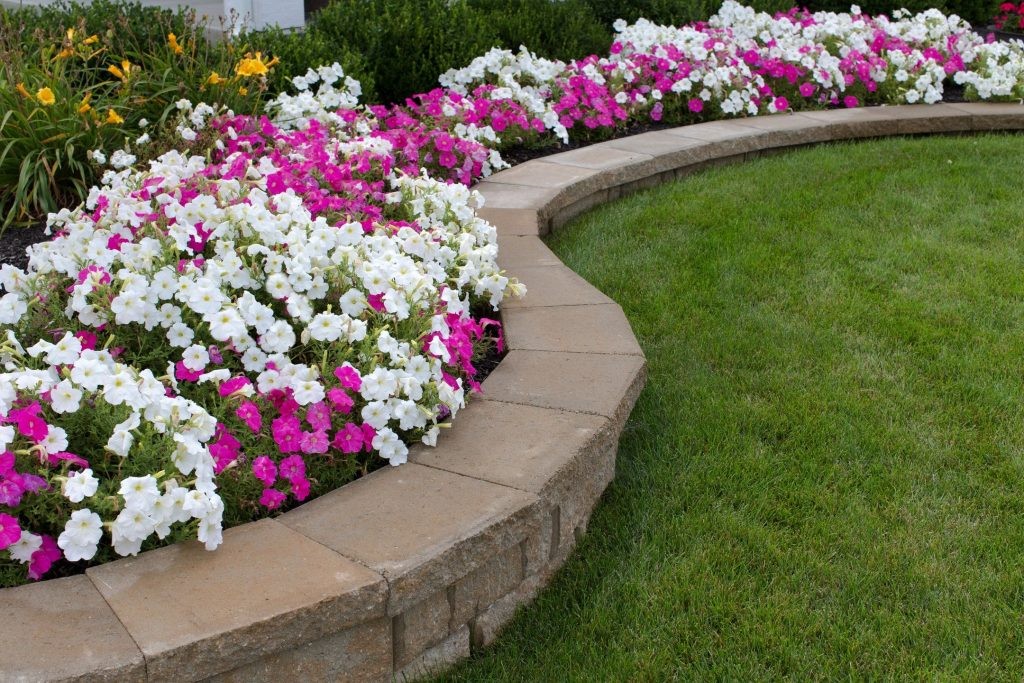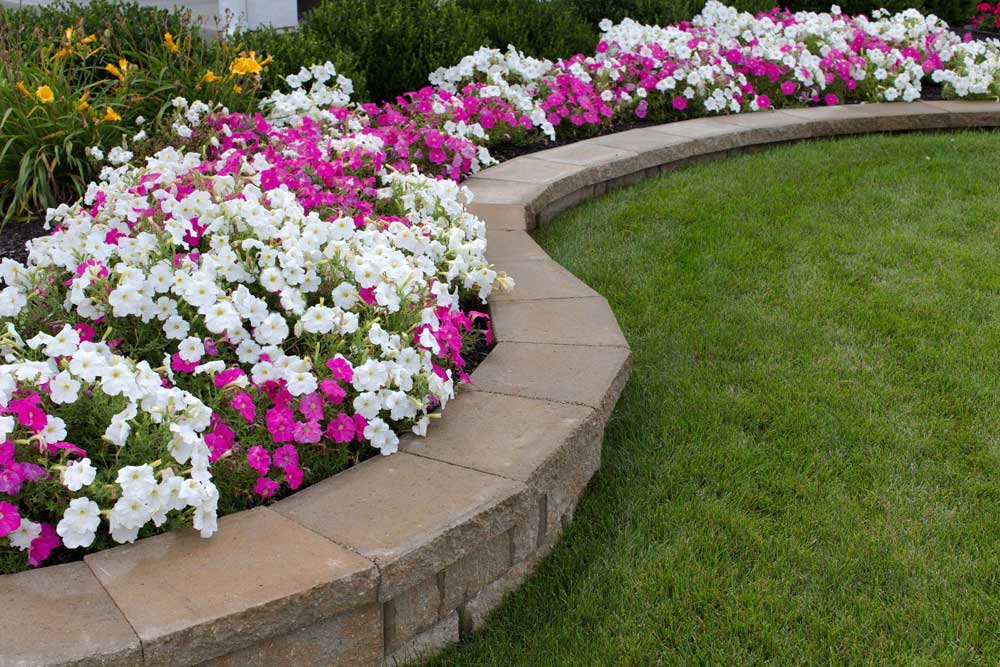6.18.18
Keep flowers blooming all summer long

 With a little TLC, your flowering plants will reward you with color until autumn.
With a little TLC, your flowering plants will reward you with color until autumn.
Your flowerbeds are planted and your container gardens are in place. It’s time to enjoy the show. Keep the stars of this show happy and you’ll have blooms all summer long. Here’s how to maximize your flower power.
Understand your plant’s goal
In nature, everything wants to reproduce. For most plants this means making seeds. The purpose of flowers is actually to attract pollinators to fertilize seeds. Once a plant sets seed, it’s job is done. Perennials can devote energy to its root system and annuals can coast till the first frost.
Your job, then, is to work with your plants’ natural tendencies.
Deadhead as needed
Most annual flowers benefit from deadheading, which is simply removing faded flowers before they form seed pods. The plant wanting to produce more seeds, will produce more flowers. That being said, there are many hybrid flowers that are “self-cleaning” – they automatically drop old blooms and set new buds. These hybrids are sterile, meaning they don’t set seed, and they put most of their energy into beautiful blooms.
Classic annuals like geraniums, marigolds, zinnias, snapdragons, sweet alyssum and old-fashioned petunias can all benefit from deadheading. Pinch off old blooms with your fingers or use sharp garden shears.
When you deadhead some perennials, you can induce a whole new flush of blooms. Deadhead perennials by cutting the spent bloom back to lateral flower bud. That is, a bud that grows off the side of the main stem. The energy the plant would have put into seed production gets redirected to younger blooms.
Perennials that often respond well to deadheading are daisies, dianthus, coneflower, aster, coreopsis, veronica and yarrow, to name a few.
Feed your flowers
Fertilizer packages always show three numbers indicating the amount of the key elements your plants need: nitrogen (N), phosphorus (P) and potassium (K). For flowers, you want a fertilizer with a balance of all three elements. Nitrogen keeps the foliage healthy; phosphorous supports the roots; and potassium stimulates flower production.
Look for a fertilizer that’s designed for flowers. Whether the plant food is liquid, pellets, granular or slow-release, be sure to follow the directions on the label so you don’t harm the plant. Too much of a good thing could harm the plant and its roots.
Satisfy their thirst
Happy flowers are well-watered flowers. Make sure your flowers have adequate water on a steady basis. Dry spells can stress them out and diminish flowers.
With container plantings, make sure excess water can drain away. Roots sitting in water can quickly rot.
To keep your blooms going all summer long, deadhead as needed, feed your flowers and keep them watered. With a little TLC from you, your plants will reward you with non-stop color.
Consumers helps more than 1,000 members finance land, homes and home improvement projects each year. When you need a mortgage or home equity line of credit, call us at 800-991-2221. We’re here to help you get the home of your dreams!


